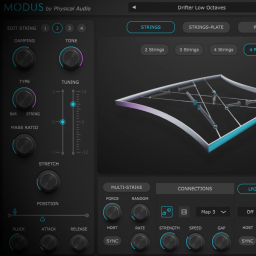 Physical Audio Modus 1.5.1
Physical Audio Modus 1.5.1
Physical Audio Modus is a virtual world of conceptual instruments, modeled with advanced acoustics and physical behaviors. Modus uses our latest research on collision modeling to connect acoustic elements together. Literally, strings, discs, springs, and rattles collide in the air using the algorithm to create sounds that resonate and react just like they would outside the virtual world. These elements are combined in different ways to create three types of instruments.
Each voice has up to four connected strings that can be plucked or acted as a resonator. The wires are connected by rattles that create a collision effect when the wire vibrates or the spring is non-linear. Physical parameters control decay, volume, and harmonic content, along with individual semitone and fine-tuning controls.
This model has two strings connected to a plate using non-linear connections that can be rattles or springs. These strings are instantly re-tuned to produce a 6-octave mono or duplex sound. The plate can act as a resonance board by varying its decay, mass, and fundamental frequency. All of these, along with connection controls, can be changed in real time.
The driver signal is used to excite the top plate, which is connected to the bottom plate by two non-linear connections. This driver can be a polyphonic sawtooth or sine wave, or a polyphonic hit for percussion effects. There is also an option to use a single plate connected to ground.
- Zynaptiq PITCHMAP 1.9.2
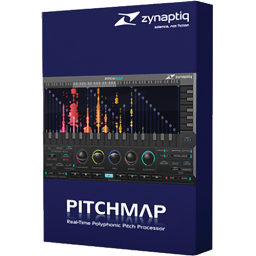 The first and only plug-in for real-time processing of the pitch of individual sounds in mixed signals
The first and only plug-in for real-time processing of the pitch of individual sounds in mixed signals - TAQSIM SOLO 3.0.1
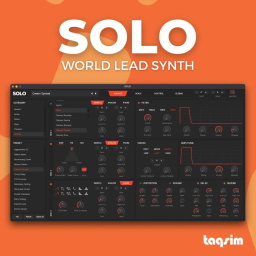 Advanced cross-platform virtual instrument plugin (VST/AU/AAX) to take your music to new horizons
Advanced cross-platform virtual instrument plugin (VST/AU/AAX) to take your music to new horizons - Sugar Bytes Nest 1.0.9
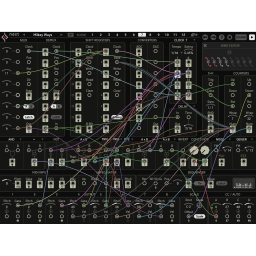 A modular system focused on MIDI generation for generating and processing triggers and numbers
A modular system focused on MIDI generation for generating and processing triggers and numbers - Program4Pc DJ Audio Editor 9.0
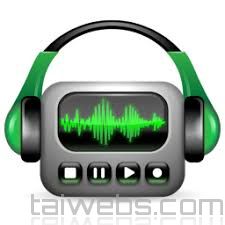 Audio editor lets you explore and edit song and sound of his favorite
Audio editor lets you explore and edit song and sound of his favorite - Native Instruments Komplete Kontrol 3.5.3
 Arrange all the instruments, effects, pre-installation, loops and patterns of you in a smart way.
Arrange all the instruments, effects, pre-installation, loops and patterns of you in a smart way. - Moho Pro 14.4 Build 20251110
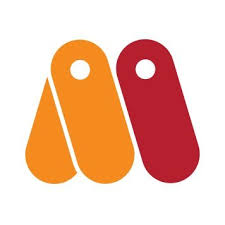 Film program of Anime Studio helps turn ideas and rich imagination of the film
Film program of Anime Studio helps turn ideas and rich imagination of the film - K-Lite Codec Pack Full 19.3.5
 Software support watch movies, listen music Mp3 high quality on the computer open many formats
Software support watch movies, listen music Mp3 high quality on the computer open many formats - Devious Machines Multiband X6 1.0.35
 The X6 is an advanced multi-band compressor that sets new standards in mixing and mastering
The X6 is an advanced multi-band compressor that sets new standards in mixing and mastering - Ashampoo Video Deflicker 1.0.0
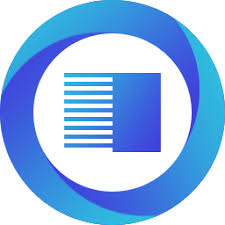 Auto-fix video flicker, including flicker often found in the footage above
Auto-fix video flicker, including flicker often found in the footage above - Anvil Studio 2024.08.01
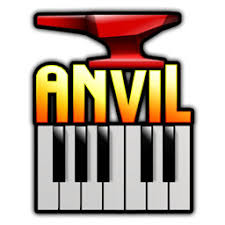 App to create audio, compose music and edit audio, apply audio digital, MIDI
App to create audio, compose music and edit audio, apply audio digital, MIDI
